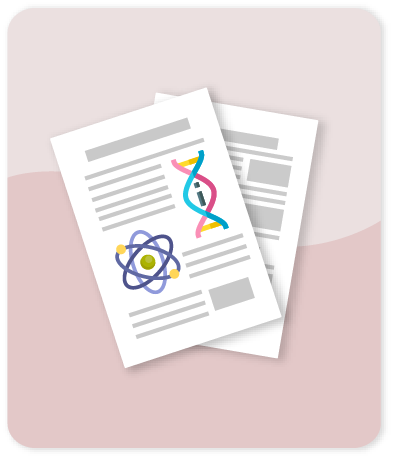Design and Construction of a Synthetic Nanobody Library: Testing Its Potential with a Single Selection Round Strategy

Compartir este ítem
Fecha
2023Autor
Contreras M.A
Serrano-Rivero Y
González-Pose A
Salazar-Uribe J
Rubio-Carrasquilla M
Soares-Alves M
Parra N.C
Camacho-Casanova F
Sánchez-Ramos O
Moreno E.
Citación
Metadatos
Mostrar el registro completo del ítemResumen
Nanobodies (Nbs) are single domain antibody fragments derived from heavy-chain antibodies found in members of the Camelidae family. They have become a relevant class of biomolecules for many different applications because of several important advantages such as their small size, high solubility and stability, and low production costs. On the other hand, synthetic Nb libraries are emerging as an attractive alternative to animal immunization for the selection of antigen-specific Nbs. Here, we present the design and construction of a new synthetic nanobody library using the phage display technology, following a structure-based approach in which the three hypervariable loops were subjected to position-specific randomization schemes. The constructed library has a clonal diversity of 108 and an amino acid variability that matches the codon distribution set by design at each randomized position. We have explored the capabilities of the new library by selecting nanobodies specific for three antigens: vascular endothelial growth factor (VEGF), tumor necrosis factor (TNF) and the glycoprotein complex (GnGc) of Andes virus. To test the potential of the library to yield a variety of antigen-specific Nbs, we introduced a biopanning strategy consisting of a single selection round using stringent conditions. Using this approach, we obtained several binders for each of the target antigens. The constructed library represents a promising nanobody source for different applications. © 2023 by the authors.
Colecciones
- Indexados Scopus [1893]
